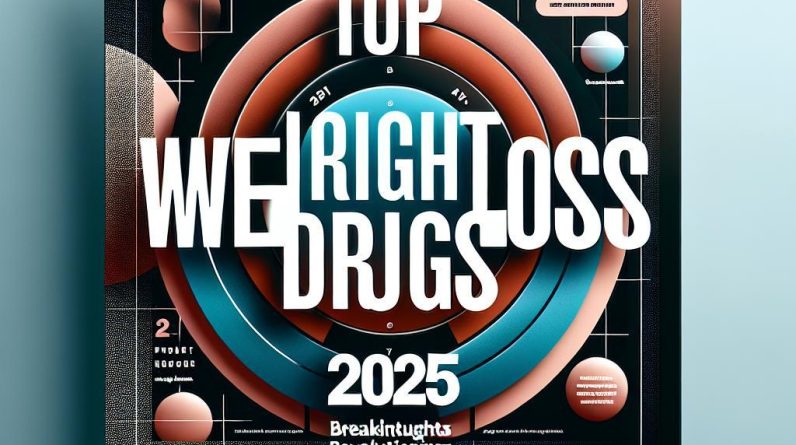
Glucagon-like peptide-1 (GLP-1) receptor agonists such as Ozempic and Semaglutide have revolutionized the management of type 2 diabetes and weight loss. As we look ahead to 2025, ongoing research and technological advancements promise to further enhance thier efficacy, safety, and accessibility. This article explores the key emerging developments shaping the future of these innovative therapies.
1. Expanded Therapeutic Indications
Researchers are investigating the potential of GLP-1 agonists beyond diabetes and weight management.Future applications could include:
- Alzheimer’s disease and neurodegenerative disorders
- Non-alcoholic fatty liver disease (NAFLD) and non-alcoholic steatohepatitis (NASH)
- Cardiovascular disease prevention
2. Enhanced Formulations and Delivery Methods
New formulations are being developed to improve patient adherence and convenience:
- Long-acting injectables with less frequent dosing (e.g., quarterly or biannual options)
- Oral formulations of semaglutide, increasing accessibility for those hesitant about injections
- Smart delivery devices with dose tracking and reminders
3. Personalized Medicine Approaches
Advances in genomics and biomarker research are enabling more tailored treatments:
- Genetic profiling to predict individual responses
- Adjusting dosages based on metabolic and genetic factors
- Identifying patient subgroups that benefit most from GLP-1 therapies
4. Combination Therapies
The future may see GLP-1 agonists combined with other agents to maximize benefits:
- Dual and triple agonist formulations targeting multiple metabolic pathways
- Synergistic effects with SGLT2 inhibitors or insulin
- Combining with anti-obesity drugs for enhanced weight loss
5. Artificial Intelligence and Digital Health Integration
AI-driven tools are poised to optimize treatment plans:
- predictive models for individualized dosing and response
- Remote monitoring through wearable devices
- Patient engagement platforms to improve adherence and lifestyle modifications
Conclusion
By 2025, GLP-1 receptor agonists like Ozempic and Semaglutide are expected to become even more versatile, patient-friendly, and effective. Advances in formulation technology, personalized medicine, combination therapies, and digital health integration are set to redefine their role in managing metabolic diseases. These developments hold promise for improved health outcomes and quality of life for millions worldwide.



